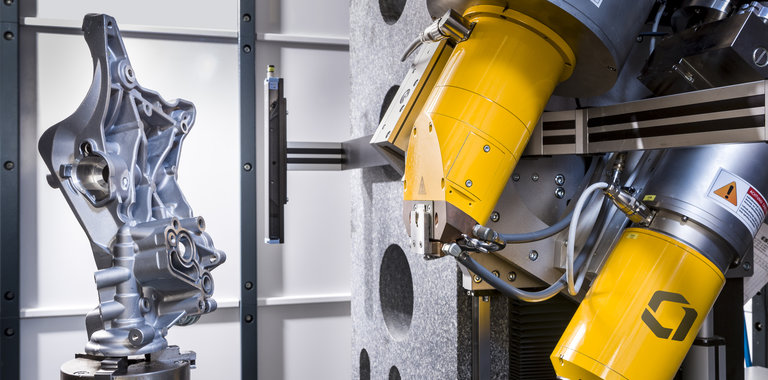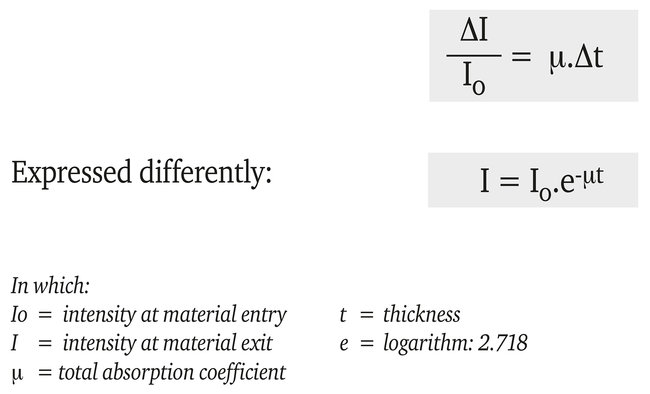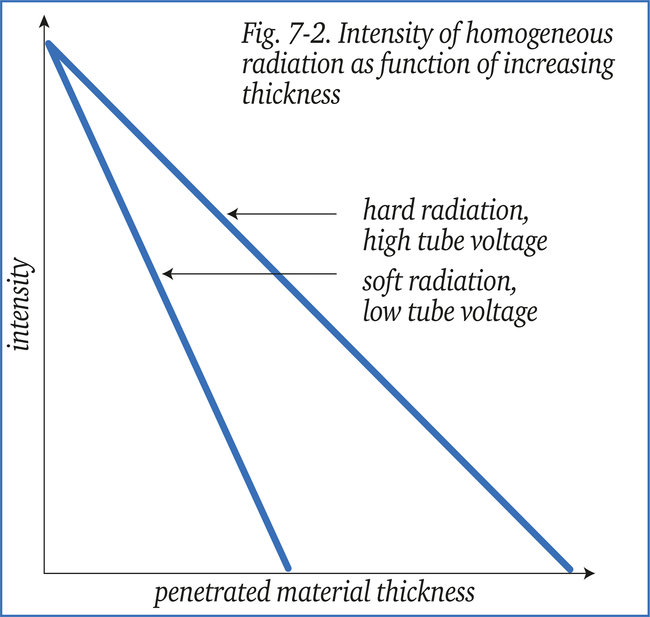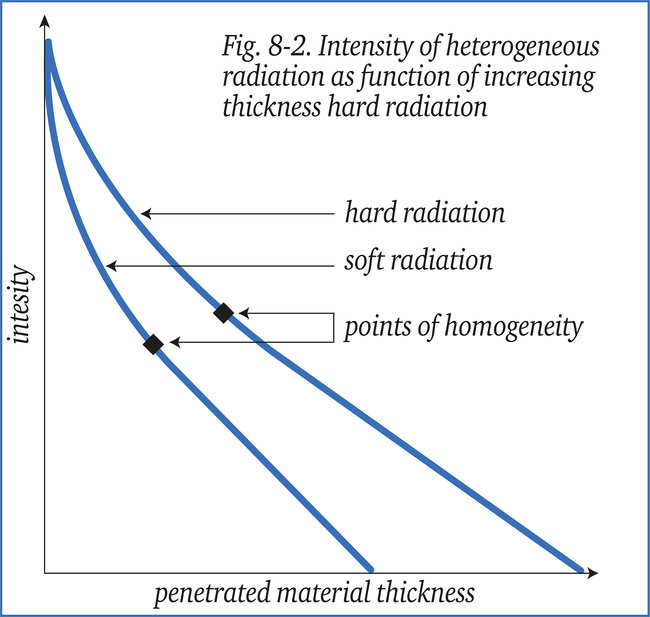
What is influencing the penetrating power of X-radiation?
In this article:
- The penetrating power of X-rays is primarily influenced by their wavelength—shorter wavelengths (higher energy) result in greater penetration through materials.
- Tube voltage (kV) directly affects X-ray energy; increasing the voltage produces harder radiation capable of passing through denser or thicker objects.
- Material properties such as density and atomic number (Z) determine how much radiation is absorbed or scattered, with higher-Z materials offering more resistance to penetration.
- Filtration and beam conditioning can modify the X-ray spectrum by removing low-energy photons, enhancing beam quality and reducing unnecessary exposure.
- Understanding and controlling penetration depth is essential in industrial radiography to ensure accurate imaging, minimize artifacts, and optimize safety.
The penetrating power of X-radiation increases with the energy (hardness).
The relationship of energy and penetrating power is complex as a result of the various mechanisms that cause radiation absorption. When monochromatic ( homogeneous - single wave length) radiation with an intensity Io passes through matter, the relative intensity reduction ΔI/Io is proportional to the thickness Δt. The total linear absorption coefficient (μ) consisting of the three components described in Section about scattering and absorption of radiation is defined by the following formula:
Figure 7-2 shows the resulting radiation intensity (logarithmic) as a function of increased material thickness, for soft and hard homogeneous radiation. When radiation is heterogeneous the graphs are not straight, see figure 7-2, but slightly curved as in figure 8-2. The slope of the curves becomes gradually shallower (because of selective absorption of the softer radiation) until it reaches the so-called “point-of-homogeneity”. After passing this point the coefficient of absorption remains virtually unchanged, as if the radiation had become homogeneous. The position of the point of homogeneity varies with the nature of the material irradiated. The graph shows that with increasing material thickness, softer radiation is filtered out, more than hard radiation. This effect is called “hardening”.



